General Information
| POPULATION | 44.39 million |
| LANGUAGE | Ukrainian |
| CAPITAL | Kyiv |
| CURRENCY | Ukrainian Hryvnia |
Fun Facts
- It is the largest country in Europe if you exclude Russia
- The name Ukraine is believed to originally mean “borderland” or “region”
-
Ukraine shares land borders with 7 countries, Russia, Belarus, Poland, Slovakia, Hungary, Romania and Moldova.
- Ukraine became an independent country on the 24th August 1991
- Soccer is the most popular sport in Ukraine
- Ukraine has the world’s second deepest subway station
Ukraine
With its vast, fertile plains and huge coal resources, Ukraine could be one of the most powerful countries of the former USSR. Following the independence in 1991, relations with the Russian Federation were poor, as the two countries argued over ownership of weapons and ships belonging to the former USSR. Ethnic tension is a problem too, as 1/5th of the population is Russian. In 1986, the worlds worst nuclear accident at the Chernobyl nuclear power plant, contaminated a huge area, affecting people, animals, and even the soil. The second largest country in Europe, Ukraine has struggled to reassert a national identity since independence. Ukraine is bordered by Belarus to the north, Russia to the east, the Sea of Azov and the Black Sea to the south, Moldova and Romania to the southwest, and Hungary, Slovakia, and Poland to the west.
Ethnicity
There are 44.39 million people living in Ukraine.
- 78% Ukrainians
- 17% Russian
- 5% Other
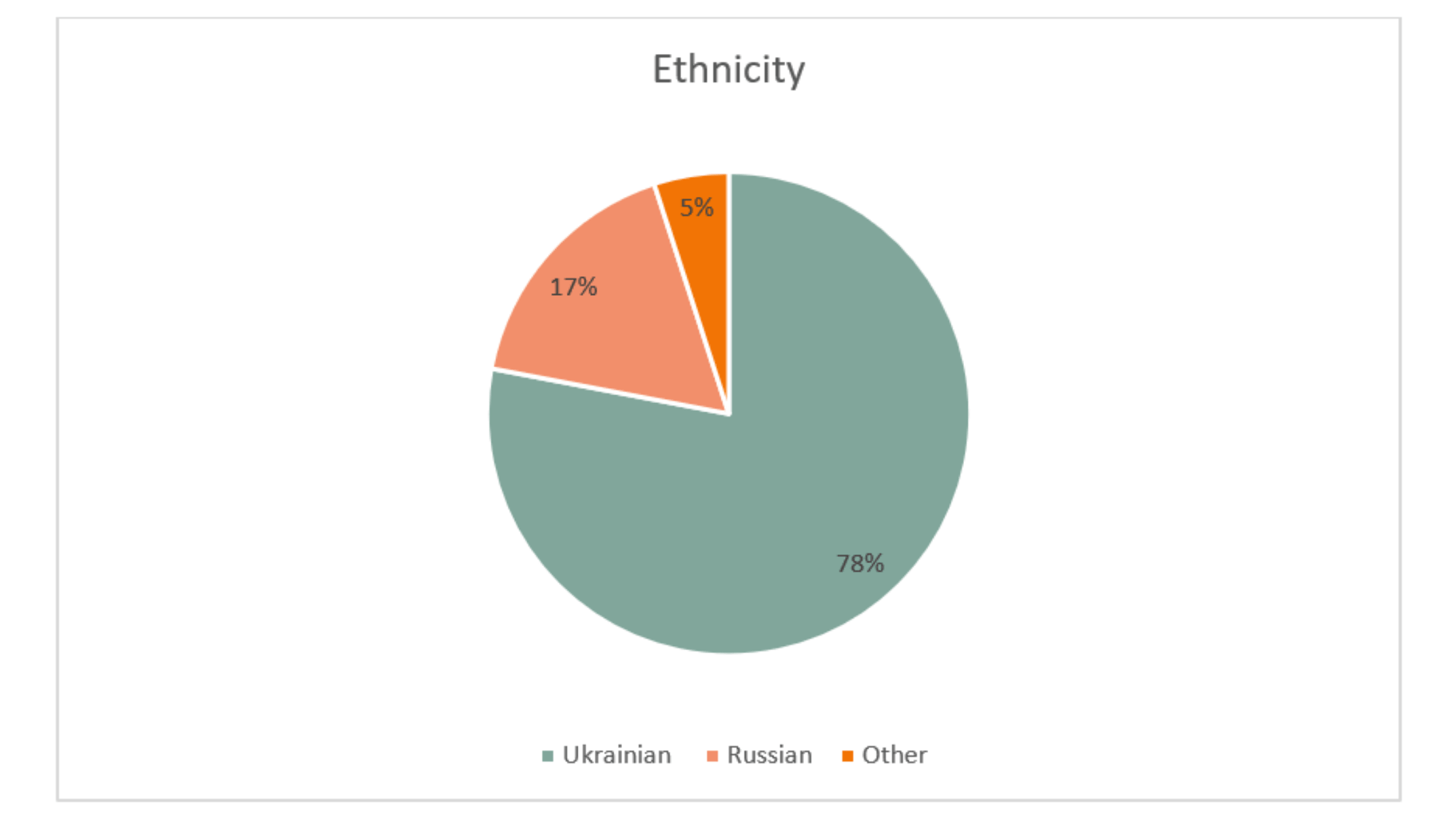
Economy
During the last seven years, Ukraine has faced serious political, security, and economic challenges. Since the February 2014 “Maidan” movement, the country has witnessed a number of significant events, including the commencement of fighting in eastern Ukraine. From 2014 to 2019, the government implemented key reforms, including significant fiscal consolidation, moving to a flexible exchange rate, reforming energy tariffs and social assistance, improving the transparency of public procurement, simplifying business regulations, stabilising and restructuring the banking sector, progressing on health and pension reforms, and establishing a national health and pension system. The Ukrainian Republic was the second-largest economic component of the former Soviet Union after Russia, producing roughly four times the output of the next-largest republic. Its lush black soil produced more than a quarter of Soviet agricultural output, and its farms supplied livestock, milk, grain, and vegetables to neighbouring countries in large amounts. The religion in Ukraine consists of mainly Ukrainian Orthodox (46%)and Atheist/non religious (43%) Ukrainian Catholic(8%) the remaining being other religious groups.
Food
Agriculture covers roughly 70% of Ukraine’s land area of 603,000 square kilometres, with arable cultivation accounting for more than 55% of the total. It is the world’s largest sunflower producer, with annual production exceeding 10 million tonnes, and a top ten producer of sugar beetroot, barley, soya, and rapeseed. On Average a person will consume 13.8 litres of pure alcohol a year.
Some typical Ukrainian dishes can include:
-Paska (Easter Bread)
– Borscht (Beetroot Soup)
– Varenyky (Dumplings)
– Deruni (Potato Pancakes)
– Chicken Kyiv (Chicken)
Places
Being the capital of Ukraine, Kyiv has a lot of amazing places for tourists to visit. Kyiv has been overrun repeatedly by powerful invaders. In the 9th century, it was the centre of a trading empire founded by the vikings and there are lots of historical landmarks found around the country. Golden Gate is a notable landmark in Kyiv, it was said to be the Golden Gate of Constantinople until it was dismantled. It was rebuilt by the Soviets in 1982.
Some cities in Ukraine to visit are:
- Kyiv, The vibrant part if Ukraine with a lot of history
- Odesa, port city known for its beaches
- Lviv, a city known for its architecture and natural beauty,
Some places to visit are:
- St Sophia’s Cathedral, Kyiv
- Kiev Pechersk Lavra, Kyiv
- Tunnel of Love, Klevan
- Independence Square, Kyiv
- Poltava Local Lore Museum, Poltava
History
Once known as the Kyvian Rus, Ukraine was ruled by Lithuania from the fourteenth century and by Poland from the sixteenth century, and was gradually absorbed into thee Russian Empire from the seventeenth century. Despite a brief assertion of independence in 1918, it was incorporated into the Soviet Union and suffered severe famines which cost over 8million lives. Millions more died in World War 2, when Ukraine was a key theatre for battles between German and Soviet forces. The Chernobyl nuclear disaster in 1986 left about 8% of the country contaminated. Independence came in 1991 following the collapse of the Soviet Union,although the new democracy has been destabilized by the marked divide between the Russian-influenced east and the European-influenced west of the country.
The founding of Kievan Rus, the first major Eastern Slavonic state, in the 9th century. The conventional version, which historians argue, credits its origin to the semi-legendary Viking (or Varangian) chieftain Oleg, ruler of Novgorod, who went on to take Kiev, which became the capital of Kievan Rus due to its strategic location on the Dnieper River.
The Rurik dynasty is created in the first century, and Prince Vladimir the Great (Prince Volodymyr in Ukrainian) ushers in a golden age. He embraces Orthodox Christianity in 988 and begins the conversion of Kievan Rus, paving the way for Christianity in the east.
11th century – Kievan Rus reaches its peak under Yaroslav the Wise (grand prince 1019-1054), with Kyiv becoming eastern Europe’s chief political and cultural centre. Mongols invade the Rus kingdoms in 1237-40, devastating many cities and putting an end to Kievan Rus’ supremacy. The Golden Horde is established by the Tatars, as the Mongol conquerors were known. 1349-1430: Poland and the Polish-Lithuanian Commonwealth progressively conquer the majority of what is today western and northern Ukraine. In 1441 the Crimean Khanate secedes from the Golden Horde and takes control of the majority of modern-day southern Ukraine.
During the partitions of Poland, much of western Ukraine is absorbed by the Russian Empire between 1772 and 1795. The Crimean Khanate is annexed by Russia in 1783, giving Russia control of southern Ukraine. National cultural reawakening in the nineteenth century saw the development of Ukrainian literature, education, and historical enquiry. As Russia prohibits the use of the Ukrainian language on its own soil, Habsburg-controlled Galicia, which was gained during Poland’s partitions, becomes a focal point for Ukrainian political and cultural activities.
Ukraine declares independence in 1918. During the subsequent civil war, a number of different governments battle for control of parts or all of Ukraine. When the Russian Red Army conquers two-thirds of Ukraine in 1921, the Ukrainian Soviet Socialist Republic is created. Poland takes up the western third. 1920s – Within strict political constraints, the Soviet government fosters Ukrainian language and culture, albeit this trend is reversed in the 1930s. 1932 – During Stalin’s collectivisation drive, known in Ukraine as the Holodomor, millions of people perish in a man-made famine. Under the terms of the Nazi-Soviet Pact, the Soviet Union annexes Western Ukraine in 1939.
Following bogus claims of collaboration with Nazi Germany, Stalin deports 200,000 Crimean Tatars to Siberia and Central Asia in 1944. In 1954, Soviet leader Nikita Khrushchev makes a surprise transfer of the Crimean peninsula to Ukraine. With the capture of the last commander of the Ukrainian Insurgent Army, armed opposition to Soviet control comes to an end.
Increased covert opposition to Soviet rule in the 1960s, resulting to dissident crackdown in 1972. The Chernobyl nuclear power plant’s reactor blows in 1986, spreading a toxic plume across Europe. Attempts are made to enclose the damaged reactor inside a massive concrete cap in a last-ditch effort.
Following a failed coup attempt in Moscow, Ukraine declares independence in 1991. Following the dissolution of the Soviet Union in the 1990s, some 250,000 Crimean Tatars and their descendants returned to Crimea. In 1994, Leonid Kuchma succeeds Leonid Kravchuk as President, and pursues a policy of balancing overtures to the West with alliances with Russia. In 1996, a new democratic constitution was established, and the hryvnya was introduced as the national currency.
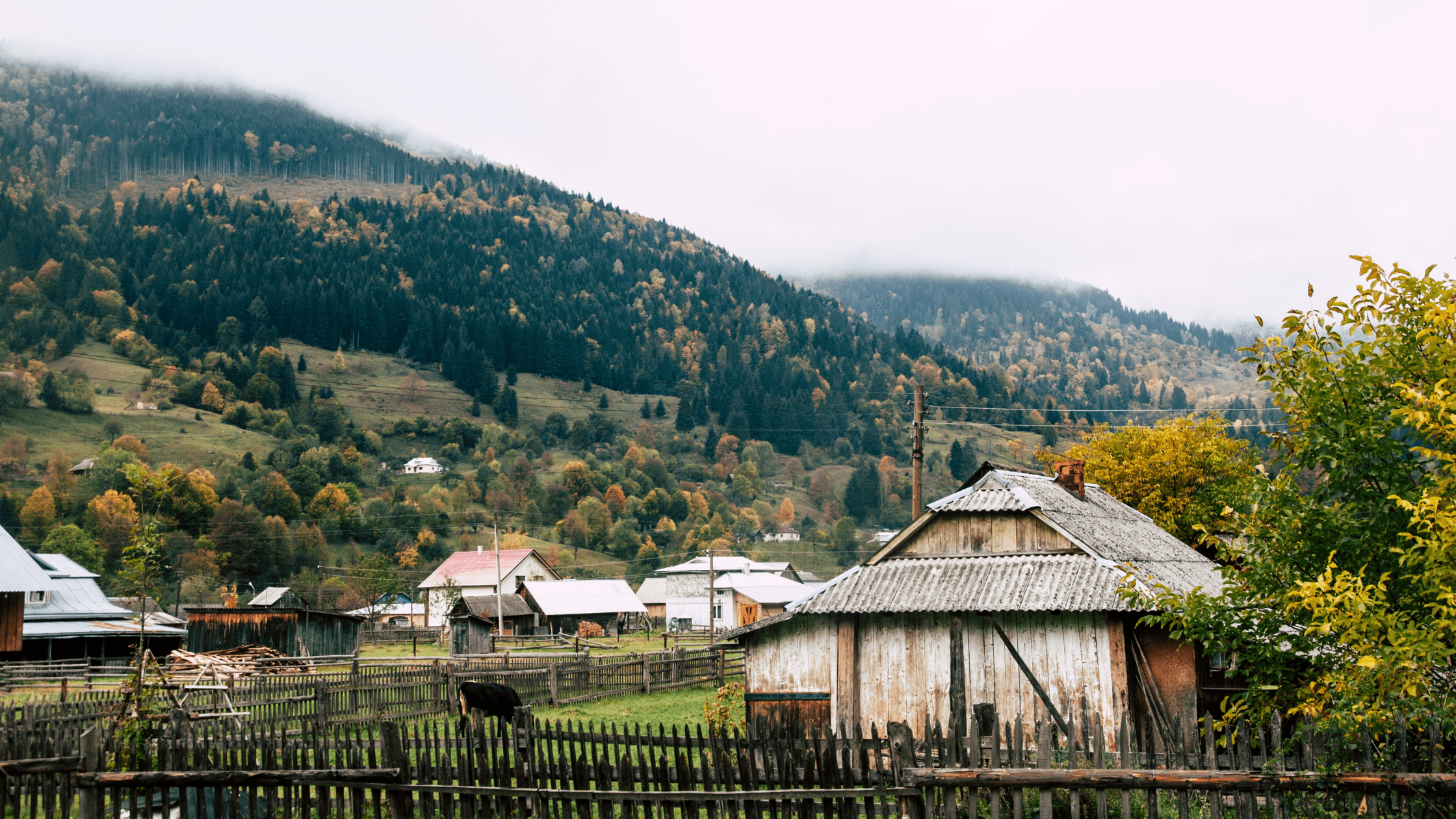
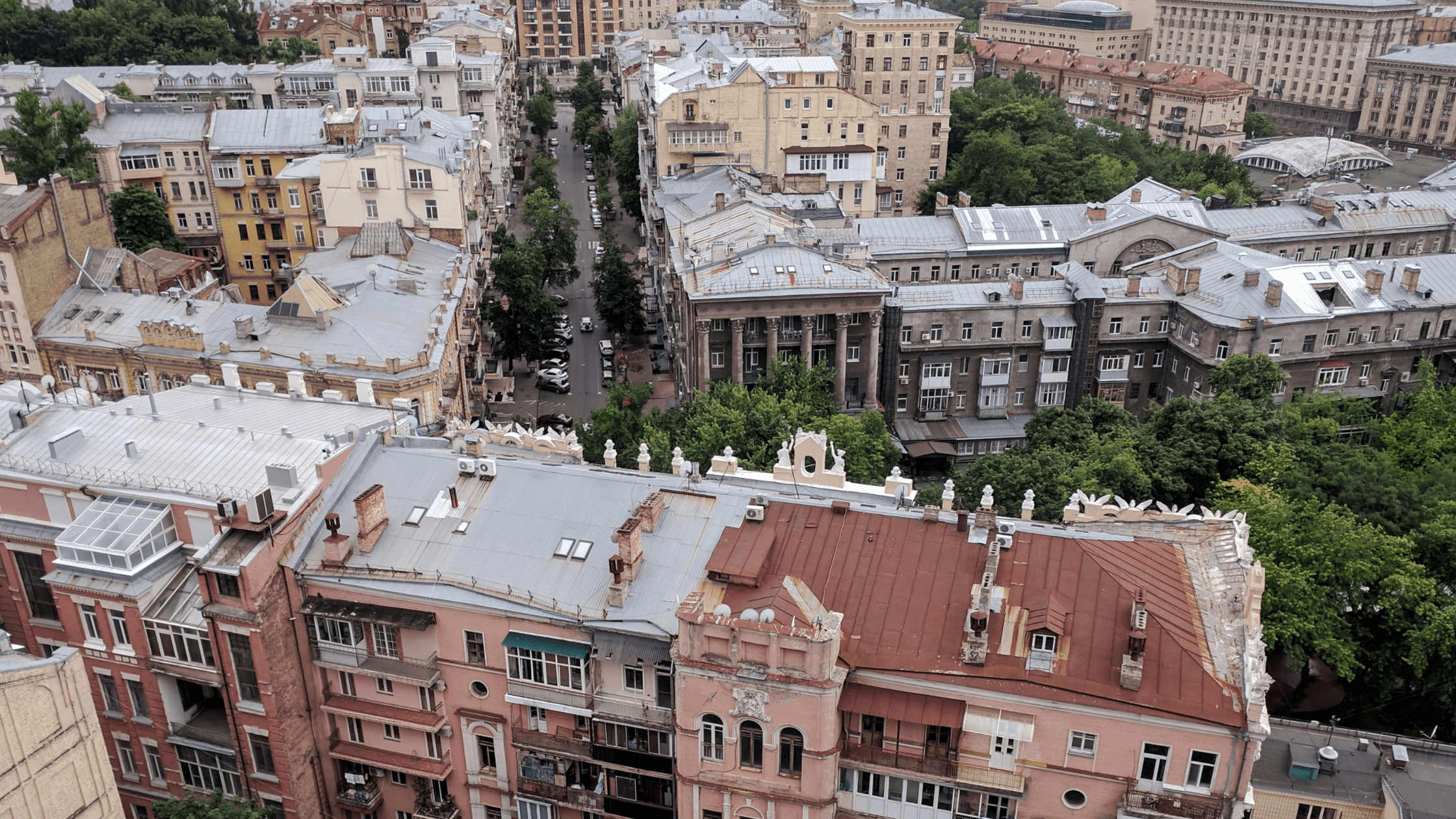
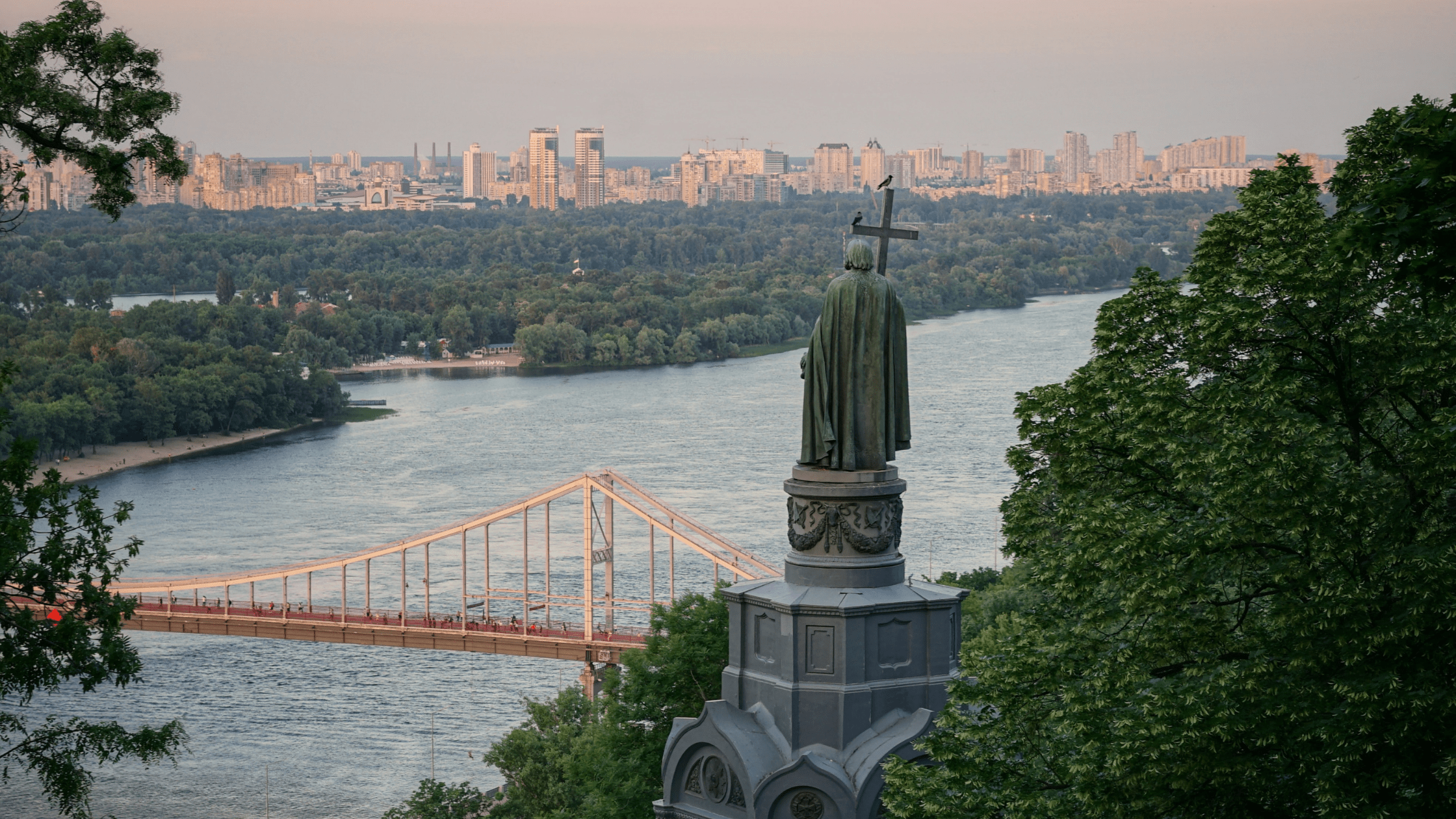
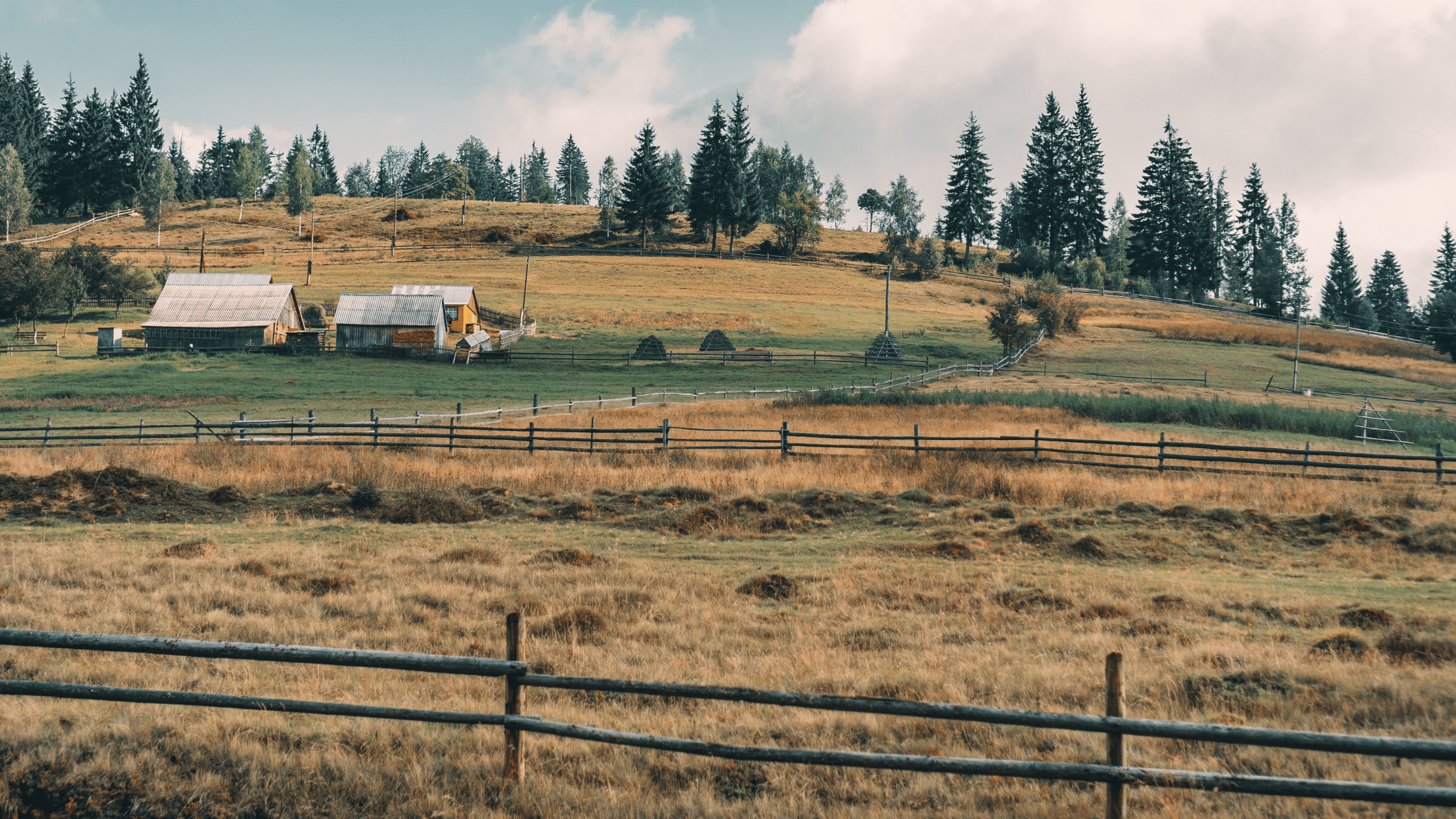
Language Basics
| English | Ukraine |
| Hello | Здравствуйте (Zdravstvuyte) |
| Goodbye | До побачення (Do pobachennya) |
| Yes | Так (Tak) |
| No | Немає (Nemaye) |
| Good Morning | Добрий ранок (Dobryy ranok) |
| Good Afternoon | Добрий день (Dobryy denʹ) |
| Please | Будь ласка (Budʹ laska) |
| Thank You | Дякую тобі (Dyakuyu tobi) |
| Excuse Me | Вибачте (Vybachte) |
